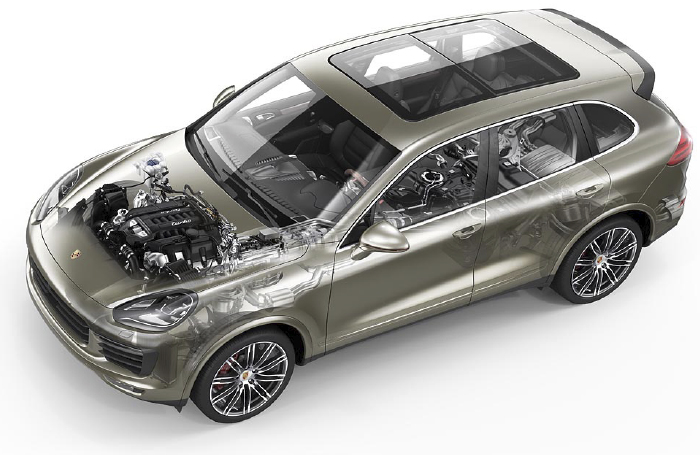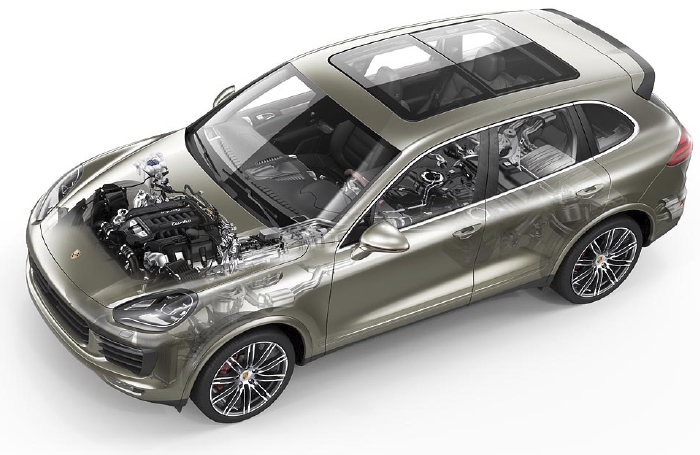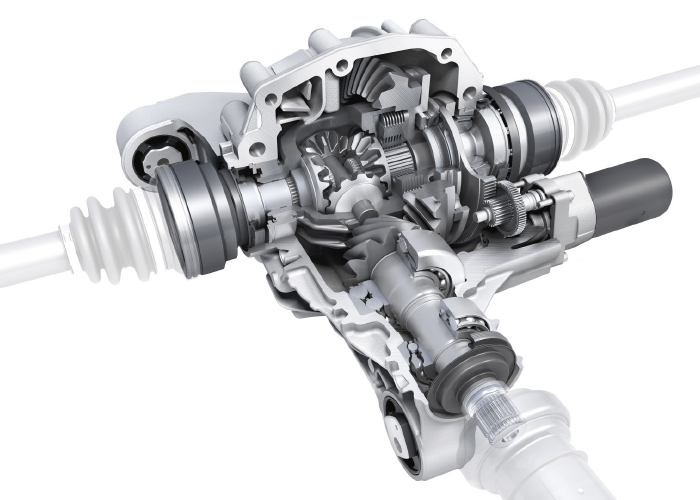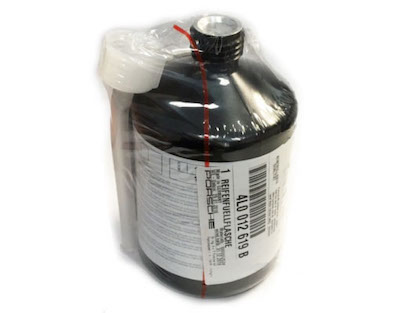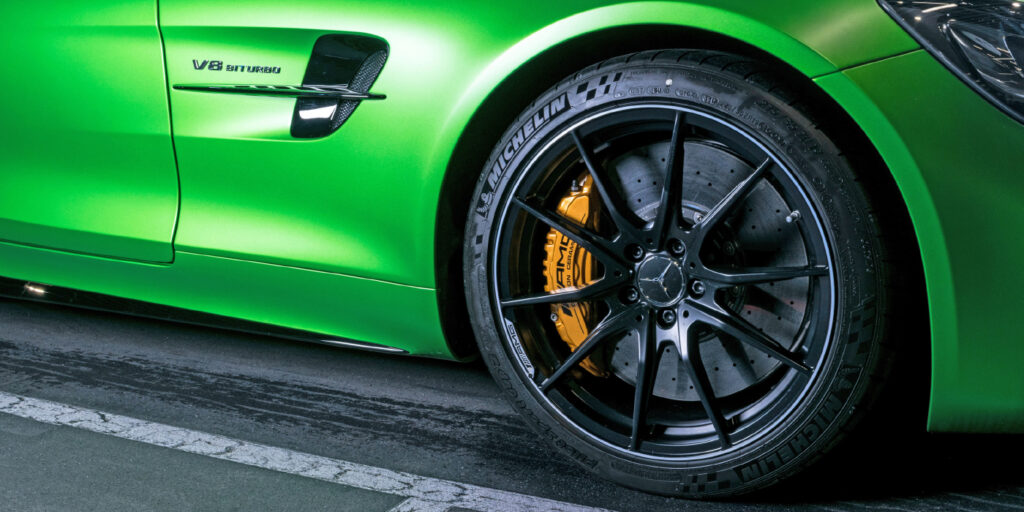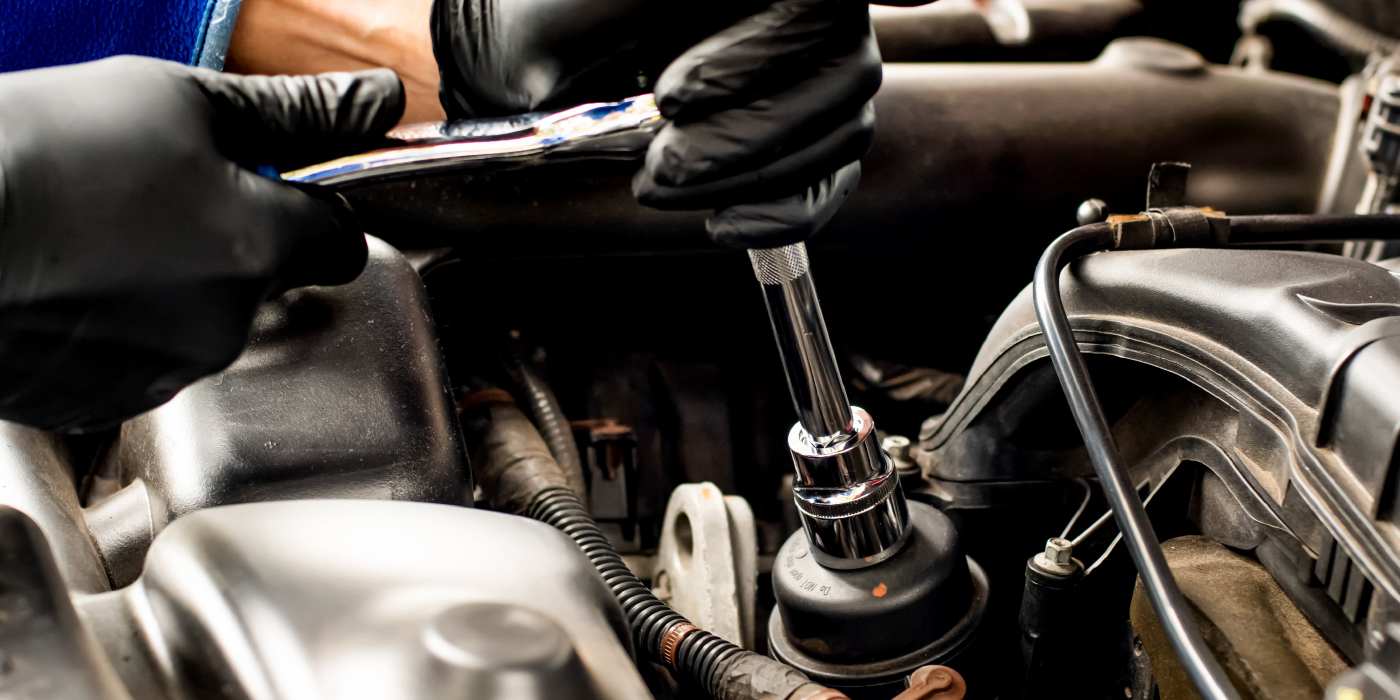In the 1990s, nobody could imagine that Porsche would make an SUV. But, with the help of VW, the Cayenne was born. The first generation (955-957) had problems with coolant, the air suspension and oil leaks. The second-generation (958) was improved and had enhanced reliability and maintenance requirements.
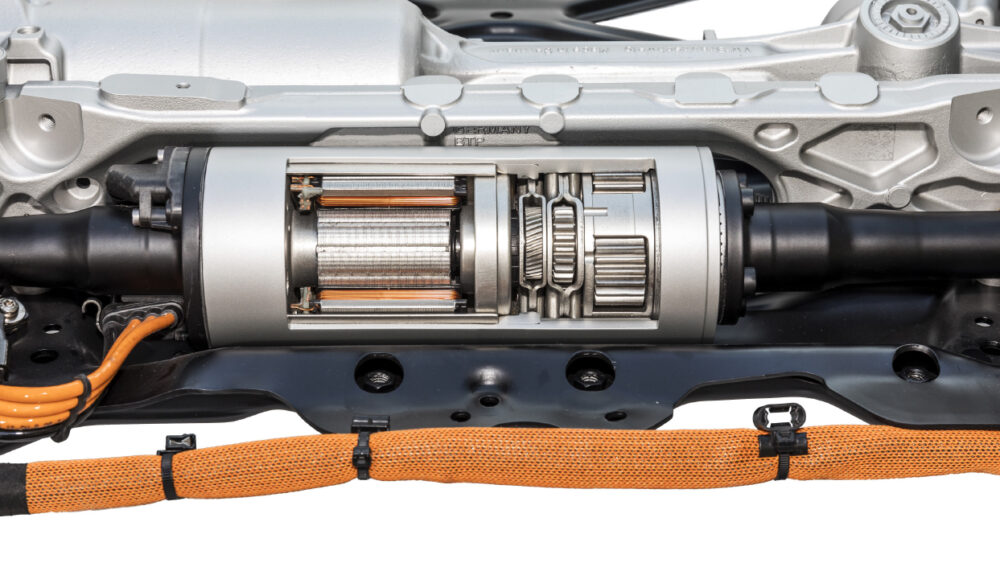
Like many German manufacturers, the maintenance schedule is based on inspection of specific items rather than on mileage. During every oil change, the technician needs to inspect filters, fluids and listed components. If something is missed, like a clogged cabin air filter, it could be another 10,000 miles until it is serviced.
Oil
10,000 Miles
An oil change on a Cayenne requires a 0w40 oil or 5w40 for warmer climates. Porsche has an oil specification called A40. These oils cover 1984 and newer models. Porsche has TSBs that list the approved oils that are issued almost every year.
Air Filter
Inspect
Porsche advises in the service schedule that the air filter should be replaced at 80,000 miles. But, the filter should be replaced earlier if an inspection shows a significant buildup of dirt and debris.
Cabin Air Filter
Inspect
There is no specified replacement interval for the cabin air filter. Porsche recommends the filter be inspected at every oil change. It is located under the glovebox and can bill 0.2 hours to replace.
Spark Plugs
30,000 Miles (Turbo/S)
40,000 (V6, S/GTS and Hybrid)
You might expect the spark plugs to last 100,000 miles, but you would be wrong. The V8 and V6 engines have high combustion pressures and temperatures that take their toll on the spark plugs. Porsche uses both platinum and iridium spark plugs. Confirm with the original plug or the parts catalog.
Belts
Inspect
At every oil change, the accessory drive belt needs to be inspected. The inspection includes a visual inspection for defects and a measurement of the groove depth. If the belt is replaced, replace the tensioner. For 2012 Hybrid models, the supercharger belt should be replaced every 60,000 miles.
Brake Fluid
20,000 Miles or Two Years
The brake fluid should be changed every 20,000 miles or every two years. Porsche recommends using DOT 4 brake fluid. Replacing the brake fluid can extend the life of expensive multi-piston calipers.
Engine Coolant
Inspect the Level and Color
Coolant flushing is a hot topic with many Porsche owners. Porsche says the coolant is a lifetime fluid. But, Porsche has to know that either the water pump on the engine or the electric water pump will fail at about 100,000 miles. This is when the coolant is typically changed. Some owners will request a coolant flush.
When inspecting the coolant reservoir, pay attention to the level of the coolant. A low level can indicate a leak in the system or a water pump that is starting to fail. Pay attention to the color of the coolant. Porsche coolant is pink and meets the G40 standard. If the coolant has a green or yellow tint, chances are the owner has topped it off with the wrong coolant.
Drivetrain
160,000 Miles or Sooner
The differentials, transfer case and transmission need fresh fluid every 160,000 miles. The front and rear differentials use 75w90 gear oil.
There are two types of transfer cases. Some have a locking center differential that has a servo motor located on the side of the case. This requires DFT1 fluid. If it is a non-locking transfer case, use 75w90 gear oil.
The eight-speed automatic transmission uses ATF that meets Porsche specification 958 300 540 00. The fluid should also be changed.
Most Porsche specialists recommend servicing the drivetrain fluids around 80,000 to 100,000 miles. It is cheap insurance to protect the expensive drivetrain.
Porsche Dynamic Chassis Control Reservoir
60,000 Miles
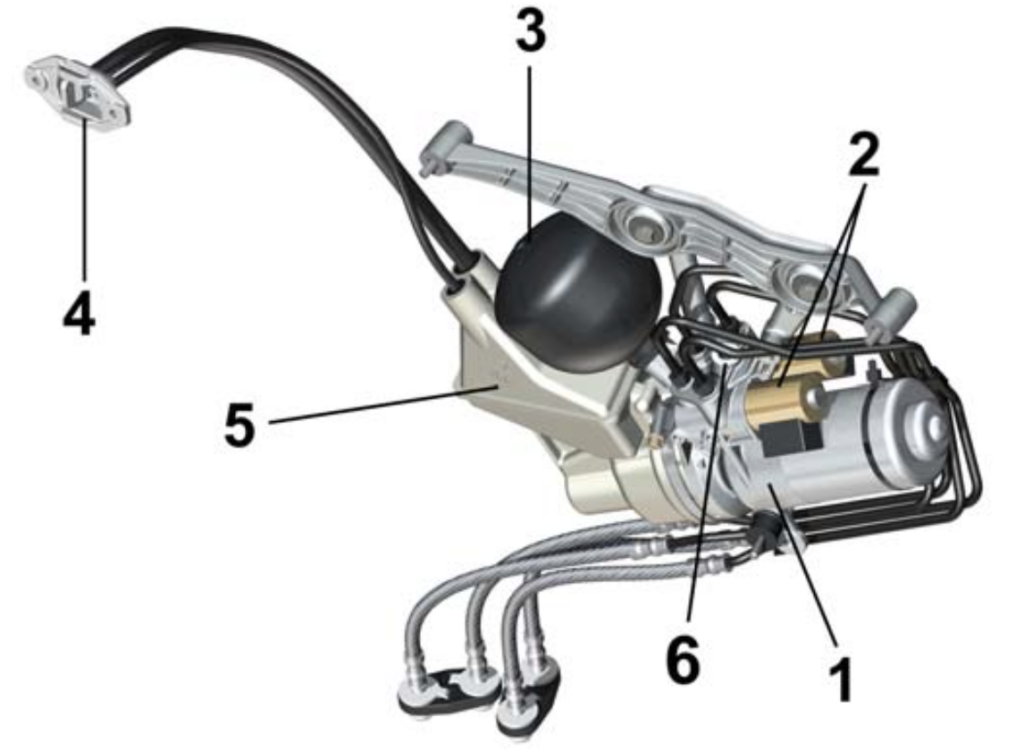
On models equipped with the active sway bars and Porsche Dynamic Chassis Control (PDCC), the PDCC reservoir and fluid need to be replaced every 60,000 miles. The reservoir contains an integrated fluid filter. The reservoir is located behind the brake master cylinder.
Tire inspection & Sealant
Since many Cayennes do not come with a spare tire, Porsche recommends the bottle of tire sealant should be replaced every four years. The tire sealant costs $100 and is cheap insurance for the vehicle owner.
When performing an inspection on a Cayenne, the tires should be inspected for uneven wear patterns. The tires can indicate an alignment problem or worn suspension components.

